Abstract
I believe that Mormonism’s strong emphasis on naturally emergent cosmology and eschatology — provides a novel and robust way to approach syncretizing the traits of science and religion which both offer so much for the evolution of mankind. Indeed, a religion’s ability to flourish into future epochs, which will continue to bring radical evolutionary change to the human condition, may very well depend on its ability to find such syncretization. And as I seek to carry and adapt the best traits from both science and religion into the future, I find I have a welcome home in Mormonism.
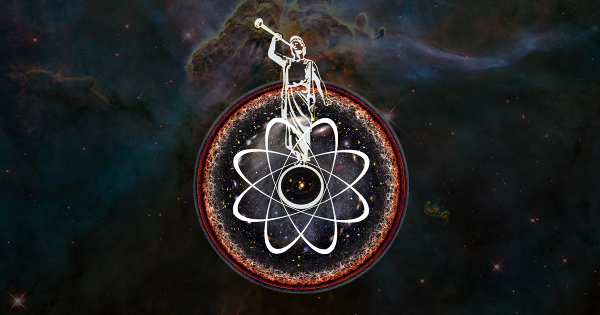
(A longer version of this essay is published at The Transfigurist)

Introduction
Earlier in his career, futurist popularizer Jason Silva created a video summarizing Kurzweillian Epochs of evolution. He describes the culminating epoch as:
a complete flourishing of nanotechnology and biotechnology. We impregnate the universe with intelligence. We merge with all the matter in the universe. And the universe essentially wakes up. Tell me that that is not an intoxicating idea. The kind of idea that inspired Alan Harrington to say, in my mind, “having created the gods, we can turn into them.” (1)
Note that his reference to the phrase at the end has a similar ring of self-referentiality as the Mormon couplet, “As man is, God once was; and as God is, man may become” (2). However, rather than seeing this as the “invention” of Gods, Mormonism teaches a co-evolution of gods through Christ that mankind can evolve into. A concept in Mormonism that can align well with this is ”eternal progress”.
I believe that Mormonism with its strong emphasis on naturally emergent cosmology and eschatology can provide a novel and robust way to syncretize scientific and religious perspectives; something which may become increasingly essential for religion to adapt and find relevant expression in radically changing times.
Emergentism
Personally, I am biased towards an emergentism worldview which forms the contours I see through these epochs. Ursula Goodenough and Terrence Deacon’s essay titled “The Sacred Emergence of Nature” published in “The Oxford Handbook of Religion and Science” (3) get at a crucial aspect which outlines a gap in reductive science. They state:
Whereas reductionism has yielded splendid results in science, there is an important sense in which it is artificial, and in this sense false. By starting from wholes and moving ‘down’ into parts, one is moving in the opposite direction from the way matters arise. To grasp how matters arise, one must run the muscle movie backwards … To make such a movie, it is essential to begin with reductionist understandings—otherwise, there is no way to know what to put in the movie. But once the cast of characters is identified—once it is understood how proteins fold and myosin hydrolyses ATP and so on—it is possible to narrate such understandings in the correct temporal and spatial sequence, moving ‘upwards’ from one level to the next. (3)
I’ll be quoting their work throughout this essay to highlight how an emergent Mormon worldview can frame and color Ray Kurzweil’s epochs of evolution as it moves ‘upwards’ in this way.
As a side-note, Richard Feynman wonderfully illustrates this concept in his Messenger Lectures which you can watch here (linked to relevant section).
Epoch 1: Traits & Information in atomic/chemical structures
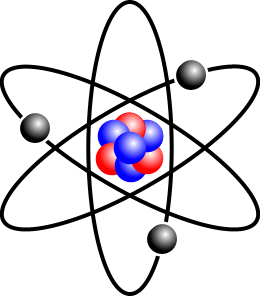
Timescale: several billions of years
Primary driving engines: gravity, galaxies, stars, planets
Culminates in: ecosystems and DNA
Feedback loops: generations of stars
Goodenough and Deacon illustrate a “key concept” of emergentism which is applicable here:
if one starts with something like a water molecule, it is nothing but two hydrogen atoms and one oxygen atom, but each molecule has properties that cannot be ascribed to hydrogen alone nor to oxygen alone. The interaction between the three atoms entails a reconfiguration of electron orbitals and generates a trapezoid-shaped entity that is more electrically positive on one facet and more negative on the opposite facet…
Now we can consider what happens when water molecules interact with one another … the emergent outcomes are numerous … ice displays buoyancy, crystalline organization, and hardness; water displays surface tension and viscosity. None of these properties is displayed by individual water molecules; what matters are the dynamical regularities in the ways in which large numbers of these molecules interact with one another. (3)
It’s these emergent properties such as buoyancy, crystalline structure, viscosity, surface tension, etc. that come together to create key facets of ecological environments and biological substrates.
A relevant idea in Mormonism here is that matter and consciousness is co-eternal with God. Like a gardener, a Creator could establish these early epochs of eternal progress and tend them as they grow to provide an environment or substrate out of which this co-eternal consciousness can emerge in later stages — the fruit of creation. Perhaps a Creator optimizing for authentic, co-eternal diversity cannot force intelligence to emerge spontaneously just as we cannot spontaneously force water to form into ice. The ice must emerge within the bounds of its chemistry, and life must emerge within the bounds of its created environment.
Epoch 2: Traits & Information in biological structures
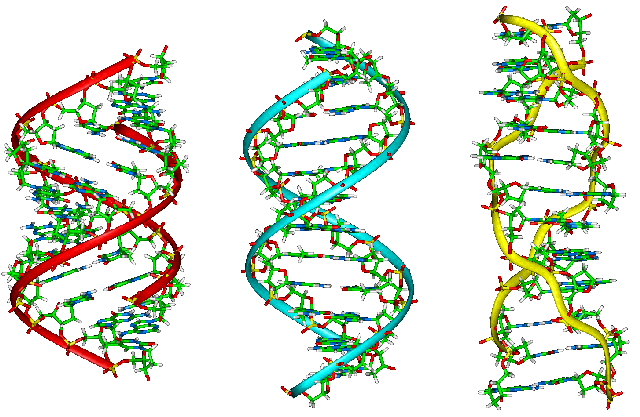
Timescale: many hundreds of millions of years
Primary driving engines: biological evolution through natural selection
Culminates in: neural biology capable of self-aware consciousness
Feedback loops: DNA replication and evolution
In addition to information still being expressed in atoms and chemicals, information here can now be encoded and evolved in DNA. While biological structures are reducible to atomic structures, they are also capable of expressing and producing something very different from atoms or chemicals. This pattern continues between each epoch where the sum or culmination of the parts of one epoch generates something else entirely different in the next epoch.
Goodenough and Deacon point out how this perspective avoids the aesthetically sterile attitudes that can come from genetic-reductionism:
One way to [misread] this account … is that the genes … rule. Not only is this misreading inherently depressing, and religiously sterile; it also misses the point. Genomes are in fact the handmaidens of emergent properties, not the other way around.
… a successful life outcome is to promote … the production of emergent outcomes (called traits in biology) that collectively make their own continuation more likely. It is traits that rule; genes follow in their wake. Traits common to all organisms include such non-depressing and religiously fertile capacities as end-directedness and identity maintenance; traits common to all animals include awareness and the capacity for pleasure and suffering; traits common to social beings include co-operation and meaning making; traits common to birds and mammals include bonding and nurturance; traits common to humans include language and its capacity to share subjective experiences, and thus to know love. Transmission of genomes is the steady background drumbeat; emergence is the music. (3)
From a Mormon perspective, this can be seen as culminating in the neurobiological substrate out of which our present mind or consciousness emerges. In this crucial step in eternal progress, a creative God’s goal is to have a substrate arise in which moral and intellectual traits capable of human expression, including religious expression, can emerge. A creative God is looking for the emergence of a co-eternal mind capable of imbibing and transmitting godly traits.
Epoch 3: Traits & Information in brains
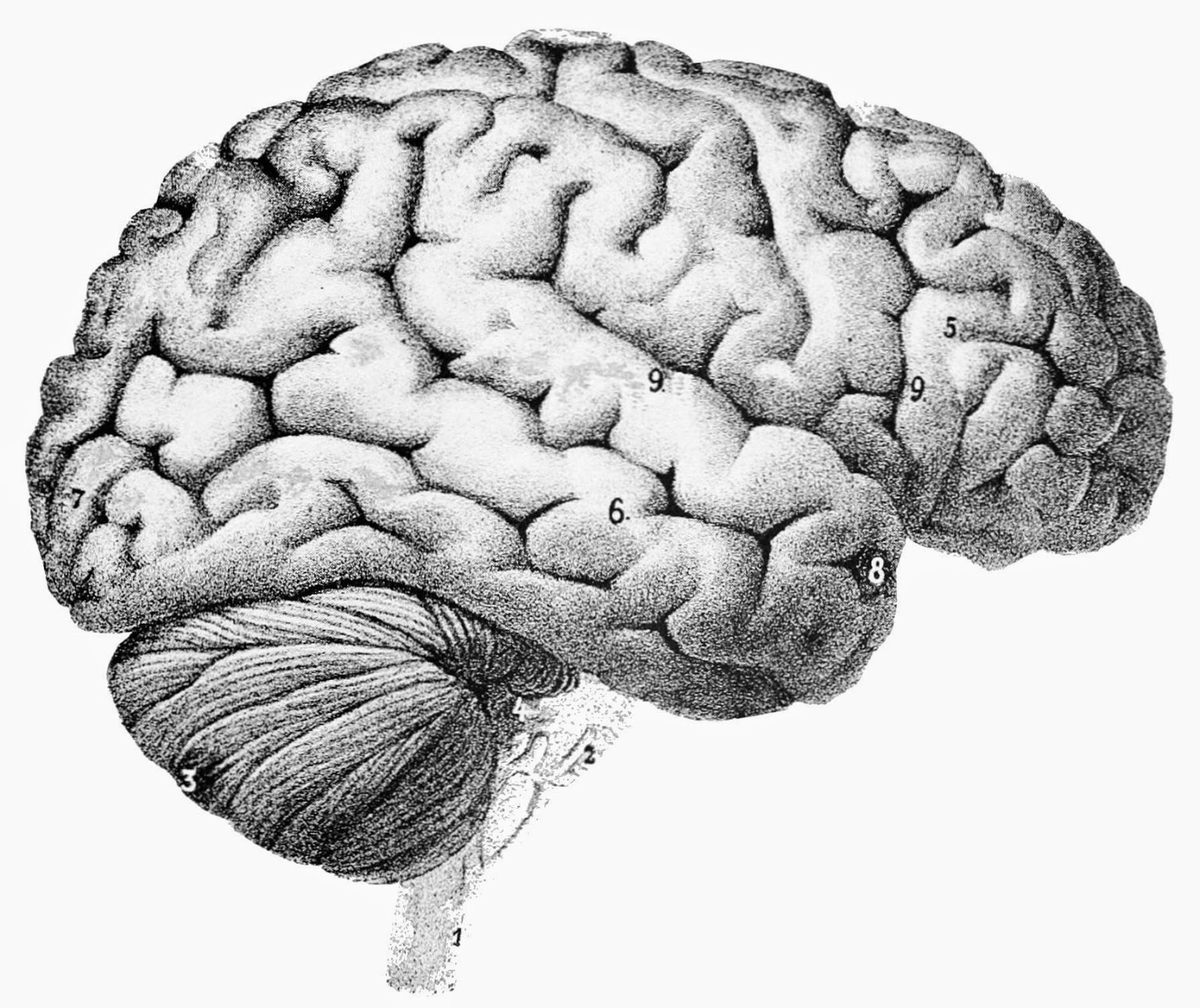
Timescale: hundreds of thousands of years
Primary driving engines: culture, music, language, and religion
Culminates in: technological revolution
Feedback loops: creative, memetic life-cycles
Here information can now be stored in neural patterns in a human substrate and communicated between brains in unprecedented ways. While DNA provided a large leap forward in the greater expression and emergence of traits, neural organs jump light years past that. Goodenough and Deacon underscore the non-reducibility of mental traits:
[Understanding that] a mature mammalian brain may contain 100 billion neurons, each in synaptic communication with some 1,000 other neurons, all put together under the watch of a genome with some 20,000 genes, [clarifies] why it is so inaccurate to speak of a gene as being ‘for’ a particular mental capacity. (3)
Deacon offers a bold emergentist claim in his book “The Symbolic Species”:
‘Biologically we are just another ape; mentally we are a whole new phylum of organism.’ Our ‘whole new’ traits — symbolic languages, cultural transmission of ideas via languages, and … an autobiographical self—are of central importance to our lives and our religious lives …
What is particularly interesting about the course of human evolution is that it has entailed the co-evolution of three emergent modalities—brain, symbolic language, and culture—each feeding into and responding to the other two and hence generating particularly complex patterns and outcomes.
…Importantly … [while] Reductionist understandings of how minds work are fascinating, … they are also irrelevant to what it’s like to be minded. (3)
In a Mormon narrative, the archetypes Adam and Eve enter the picture late in this epoch. And it’s here that language about mankind is given the status of having the “image of God” (4). Mankind is made of the “dust of the earth” (5) and exists in the context of biological and atomic expressions (from previous epochs), but is an entirely new creature that shares traits with God. Notably, God gives the commandment to “subdue” (6) the earth. In the context of epochs of evolution, this is a commandment and challenge to move from this third, primitive epoch into the epochs that follow. This is a mandate to do science and to no longer be entirely at the mercy of natural selection as we transcend it and become creators of our own environments (thus having the “image” or traits of God). It enables us to look at the world around us, imagine how things might be different, and then pull the present into that vision. A creative God looks for the traits of novel creativity.
Epoch 4: Traits & Information extends to tools and technology
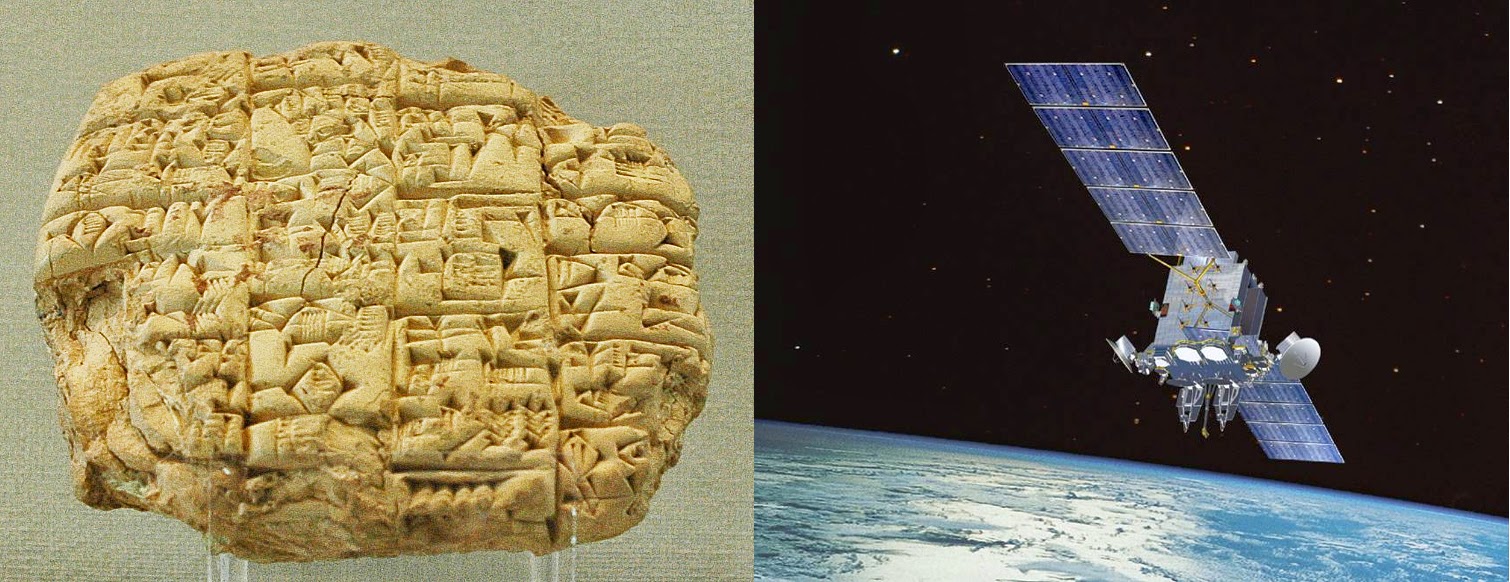
Timescale: a few thousand years
Primary driving engines: philosophy, science, agriculture, economics, and government
Culminates in: merger of biology & technology
Feedback loops: advanced tools used to exponentially create more advanced tools
This is the epoch we are in today (or are just now exiting). Our species develops technology that can store and process information independent of the brain. We imprint our minds onto the tools and environments we create, and those tools and environments return the favor. An important pause here is to reflect on what it is to be human in this age. From Goodenough and Deacon:
Human consciousness is not merely an emergent phenomenon; it epitomizes the logic of emergence in its very form. Human minds, deeply entangled in symbolic culture, have an effective causal locus that extends across continents and millennia, growing out of the experiences of countless individuals. Consciousness emerges as an incessant creation of something from nothing, a process continually transcending itself. To be human is to know what it feels like to be evolution happening. (3)
Again, the primary drivers here don’t replace the drivers in the previous epoch. Things such as culture, music, language, and religion still play a powerful role in what it is to be human (as do biological and atomic processes). But this epoch is where technology becomes a powerful driver of sharply accelerating rates in affecting us as a species, the traits that emerge, and the environments we create.
In this epoch, Mormonism has the notion of many dispensations (7): distinct periods of times and locations where new modalities of religion are expressed and re-contextualized in the framework of prophecy, scripture, and culture — with a dispensation of the fullness of times we presently identify with. So Mormonism does not require casting religion in static creeds; in fact, eternal progress indicates otherwise. In fact, it calls for continuous revelation and the adaptation of religion to greater and greater understandings of reality. And as science and technology expand our realities, faith takes root in those new realities and seeks to transcend them. It’s a feedback loop. Faith needs proof to stand on as it reaches and proof cries out for faith to stand on it.
This is similar to how B.H. Roberts framed discipleship in Mormonism:
The disciples of ‘Mormonism,’ … will yet take profounder and broader views of the great doctrines committed to the Church; and, departing from mere repetition, will cast them in new formulas; co-operating in the works of the Spirit, until they help to give to the truths received a more forceful expression, and carry it beyond the earlier and cruder stages of its development. (8)
Epoch 5: Traits & Information as mind and technology merge

Timescale: centuries?
Primary driving engines: biotechnology, virtual reality, life-extension, environmental rejuvenation
Culminates in: merger of biology & technology, post-humanity
Feedback loops: bio-hacking, augmented minds, interplanetary expansion
Many believe we are on the cusp of entering (or have already entered) this epoch and this is what much of transhumanism focuses on with cybernetics, life-extension, cryogenics, resource liberation & abundance, augmented intelligence, environmental repair, etc. The promises of humanity harnessing these technologies are huge (as are the risks). An open question is whether this will follow the reduction in the magnitude of timescale and only play out in mere centuries or whether it may follow a timeline that breaks that trend?
An important question is, ”How the organism of religion can navigate this epoch?” Mormonism’s vision doesn’t stop at epoch four. In fact, it projects and orients itself into future epochs. John A. Widtsoe described Mormon eschatology as being coupled to evolution:
Under the law of evolution, man’s organization will become more and more complex. That is, he will increase in his power of using intelligence until in time, he will develop so far that, in comparison with his present state, he will be a God. (9)
A key feature necessary for religion to carry its traits into a future with augmented or changed biologies is adaptability. This adaptability need not threaten religious expression any more than technological advancement would threaten artistic or cultural expression. The Mormon Transhumanist Association, as it stands for the “ethical use of technology and religion to expand human abilities” (10), is well suited to do this work of promoting and adapting traits of religion that find meaningful expression into and through this epoch. Mormonism itself is strongly adaptable even if some of its cultural expressions can be stubborn. Joseph Smith taught:
… the [LDS have] no creed, but are ready to believe all true principles that exist, as they are made manifest from time to time. (11)
… If there is anything virtuous, lovely, or of good report or praiseworthy, we seek after these things. (12)
Just as the traits of atoms successfully persisted in later epochs in the emergence of chemicals, chemicals in biology, biology in neurology, neurology in intelligence, intelligence in technology, etc. for religion, the ability to dynamically interoperate with other traits, including traits originating from outside of it, will allow religion to successfully carry their traits into what emerges in this epoch and beyond. Religions or the phylum of their interpretations which cannot do this will struggle or even fade away as notions of mind, body, consciousness, and reality bend and stretch into future epochs.
Epoch 6: Traits & Information as mind and creation merge
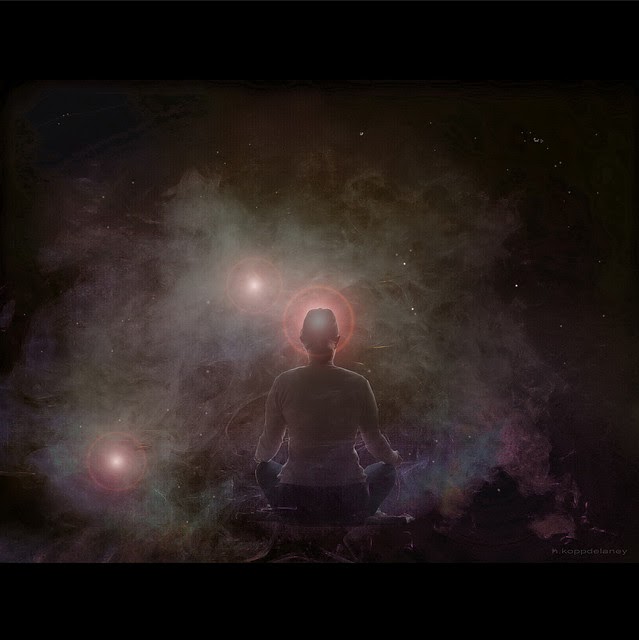
Timescale: does time even make sense?
Primary driving engines: nano-tech, created environments, infinite emergence of intelligences
Culminates in: gods
Feedback loops: created environments out of which new intelligence emerges and merges
Here, post-humanity begins to wield the universe at the atomic scale, possibly becoming one with it or, perhaps, transcending it all together. Consciousness begins to blur here as a level of interpersonal intimacy and unity previously unimaginable becomes possible. Unified minds wielding the universe (or universes) in an unencumbered flourishing of creative environments becomes a key driver of the traits that emerge in creative godhood.
Creating environments from which infinitely diverse and entirely novel intelligences can emerge as co-eternal minds could become a final, inexhaustible frontier. As Gods of these environments, post-human Creators could experience that emergence on an entirely new level as they can enter or descend into these environments, experiencing and guiding these newly emergent minds through their own stages of evolution and emergence — optimizing for genuine emergent diversity.
Mormon narratives around God and salvation strongly orient towards this possibility. However, Mormonism doesn’t see this epoch as only being in our future, it also sees it in our past as we are the beneficiaries of this type of environment created by Gods.
In this view, humanity’s potential is nothing short of progressing through epochs of evolution to likewise become gods ourselves. From Joseph Smith:
you have got to learn how to be gods yourselves … by going from one small degree to another, and from a small capacity to a great one; from grace to grace, from exaltation to exaltation [from epoch to epoch], until you attain to the resurrection of the dead, and are able to dwell in everlasting burnings, and to sit in glory, as do those who sit enthroned in everlasting power. (13)
Mormonism sees mankind as the beneficiaries of this kind of emergent God in our past and present, but goes further with our becoming partakers of this divine gift as mankind evolves and emerges into gods in our future through eternal progress. This, I agree, is an “intoxicating idea” similar to the emotion Jason Silva expressed.
Conclusion
As we ponder on where mankind has been, where it is now, and where it is going in its evolutionary journey, I believe that Mormonism’s strong emphasis on naturally emergent cosmology and eschatology — provides a novel and robust way to approach syncretizing the traits of science and religion which both offer so much for the evolution of mankind. Indeed, a religion’s ability to flourish into future epochs, which will continue to bring radical evolutionary change to the human condition, may very well depend on its ability to find such syncretization. And as I seek to carry and adapt the best traits from both science and religion into the future, I find I have a welcome home in Mormonism.
(1) The Six Epochs of Evolution
(2) Lorenzo Snow, “The Grand Destiny of Man”, Deseret Evening News, July 20 1901
(3) Ursula Goodenough and Terrence W. Deacon, “The Sacred Emergence of Nature”, The Oxford Handbook of Religion and Science, April 2008
(4) Genesis 1:27
(5) Genesis 2:7
(6) Genesis 1:28
(7) Courtney J. Lassetter, “Dispensations of the Gospel” Encyclopedia of Mormonism
(8) Improvement Era, July 1906
(9) John A. Widtsoe, “Joseph Smith as scientist : a contribution to Mormon philosophy”, 1908
(10) http://transfigurism.org/pages/about/
(11) The Latter-Day Saints’ Millennial Star, Volume 20, 1858
(12) Articles of Faith 1:13
(13) Joseph Smith, The King Follett Sermon, April 7 1844

